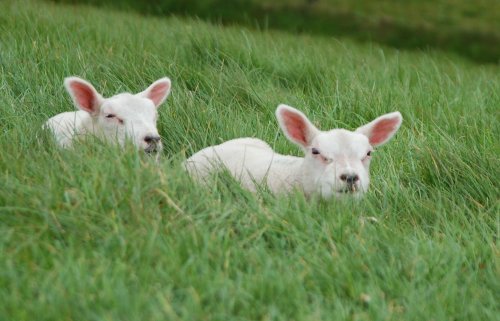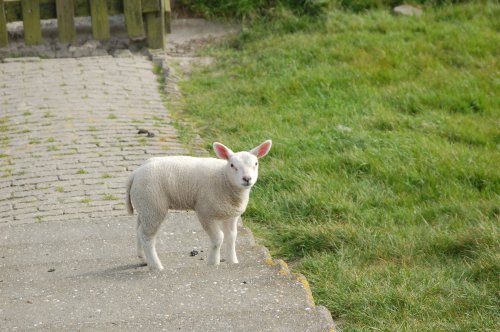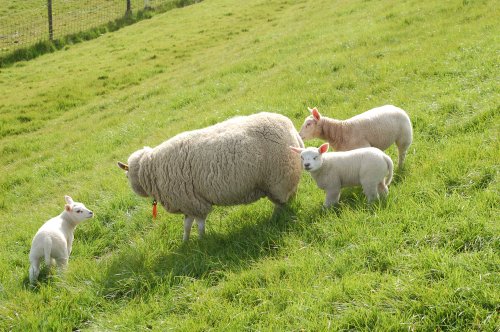The site of my main garden belongs to a friend, who wants his land back. Because I’m finishing there and looking for another place, I won’t be growing as many plants this year.
At the same time, I have some space on my roof and am growing some things in containers. I’m always a little ambitious on what can actually fit on my roof, and this year is no exception. I have already planted, or am in the process of planting, the following:
Tomatoes:
- Pineapple
- Black Pineapple
- Black Prince
- Silvery Fir Tree
- Matt’s Wild Cherry
- Sugar Cherry Currant
- F2 Hybrid, Ida Gold x Whippersnapper
The Silvery Fir tree is a carrot leafed tomato. What’s that, I hear you ask? Well there are ‘normal’ leafed tomatoes, and some of you who have grown heirloom tomatoes have probably seen ‘potato’ leafed plants where the leaves resemble the potato plant. Well this is ‘carrot’ leafed. I guess the tomatoes are ordinary and red, I don’t know. Does it say something about me that I am growing a tomato plant to look at the leaves? I got this tomato via a seed exchange with a tomato grower in Denmark.
The F2 hybrid was breed by Lieven of Garden of Eden, who breeds it specially for the F2 generation. F2 hybrids are genetically unstable, which means every plant is different, and the F2 generation is the most unstable. I will plant three of this tomato so I can compare them. I’m going to give some plants away to friends, so we can compare with each other too.
Potatoes:
- La Ratte d’Ardèche
- Peruvian Purple
- Charlotte
- Sarpo Mira
- Catriona
Cucumber:
- Kaiser Alexander
Lettuce:
- Doree de Printemps
- Pinokkio (Pinocchio)
- Sherwood







